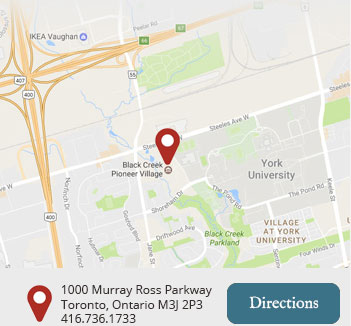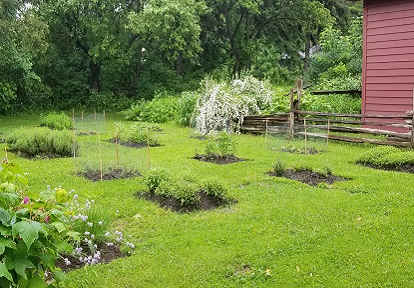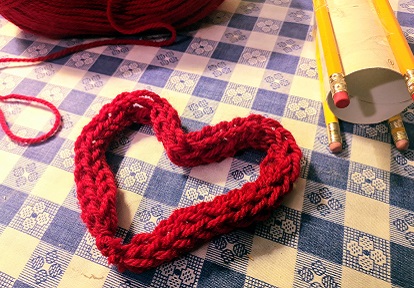How does your herb garden grow? We’ve got some simple tips that will help your leafy friends flourish.

Walk into the Stong Family First House at Black Creek Pioneer Village, and you will find chamomile, savory, mint, and more hanging to dry over the hearth. Page through a Victorian household manual or recipe book, and you will find remedies using herbs like beebalm, sage, or horehound.
Herbs have been used for medicine, for food, and in cultural rituals around the world for thousands of years — and here in Canada long before the settlers arrived. And they remain popular garden plants today. A stroll through our herb garden at the Village showcases so many different varieties!
Interested in trying your hand at growing herbs? A container herb garden is an easy way to get started!
Herb Garden Tutorial
Check out this video, as we follow instructions from the Village’s head gardener for starting your own container herb garden.
INSTRUCTIONS
For a container herb garden, you will need:
- A container, ideally 12 to 14 inches in diameter, with drainage holes and a matching saucer to hold any runoff water
- Potting soil
- Trowel and gardening gloves
- A trug, shallow tub, or pail to moisten and mix up the potting soil in
- A watering can or hose with a watering wand
- Three four-inch pots of herbs
Method:
- Water the herbs you’ll be planting. If the root balls are dry, place the pots in a shallow tub of water for a few hours or overnight to rehydrate.
- Open the bag of potting mix and pour some into your trug, shallow tub, or pail. Moisten so that it holds its shape when you squeeze a handful.
- Fill the container you’ll be planting with potting soil to one inch from the top of the pot.
- Prepare a hole in your container. Gently remove the herb from its pot and tease apart the roots, place it in the hole and backfill. Firm into place using your index fingers and thumb.
- Repeat for the other two herbs.
- Gently water in.
- Give the planter a few weeks to establish before beginning to harvest.
- Fertilize with a suitable fertilizer every four to six weeks.
Additional tips:
- Use scissors or hand pruners to harvest.
- Harvest regularly to encourage new growth.
- Fertilize with an organic fertilizer according to manufacturer recommendations to keep your herbs healthy and robust.
Looking for inspiration? Here are some themed suggestions to try:
A nosegay herb container: lavender, chamomile, and lemon verbena.
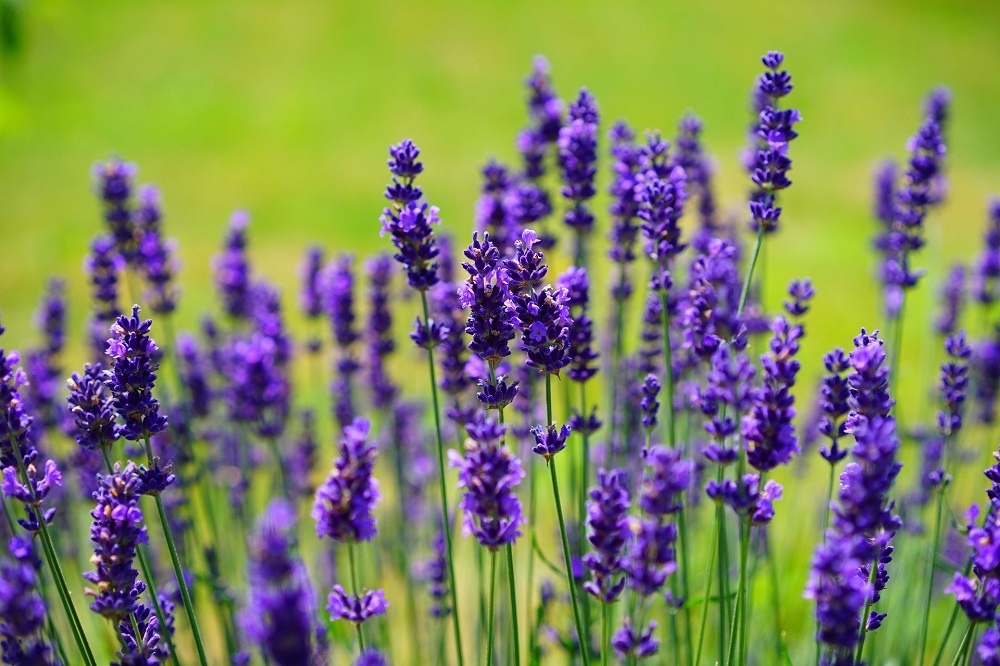
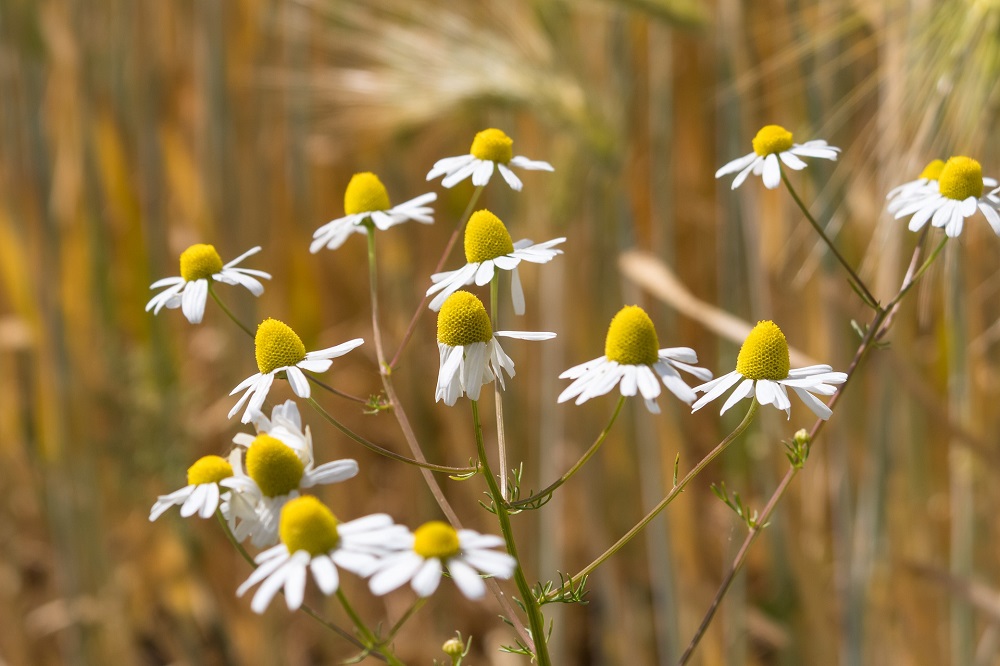
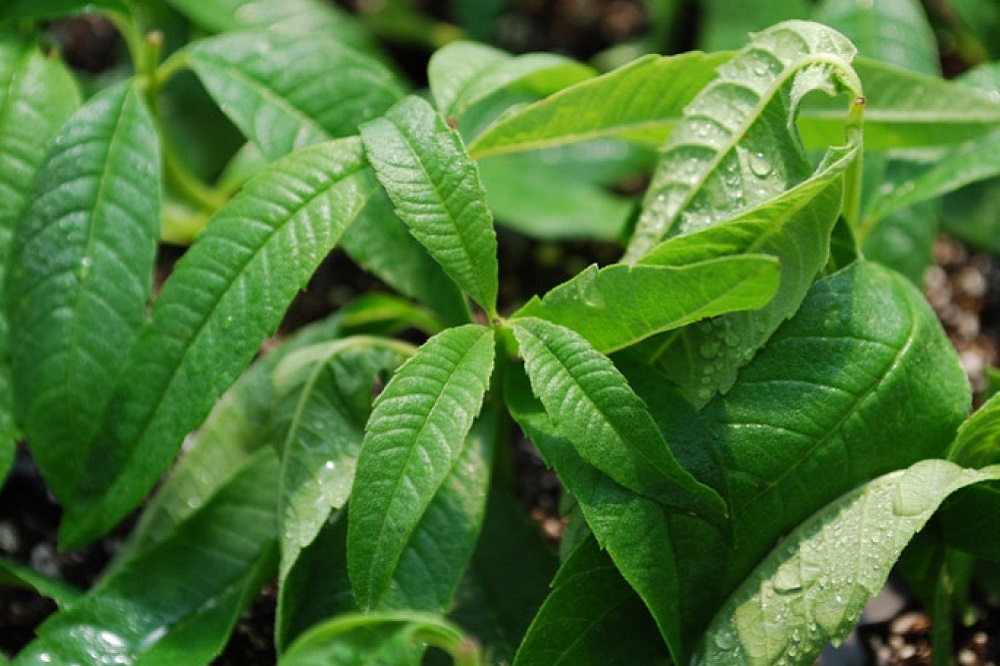
An autumn harvest holiday container: sage, rosemary, and parsley.
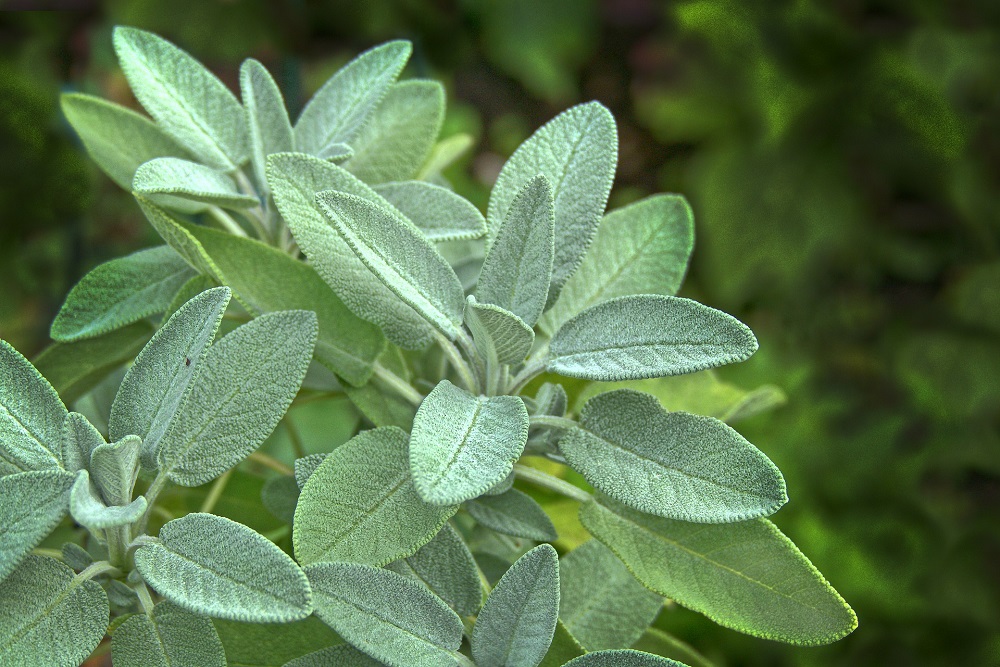
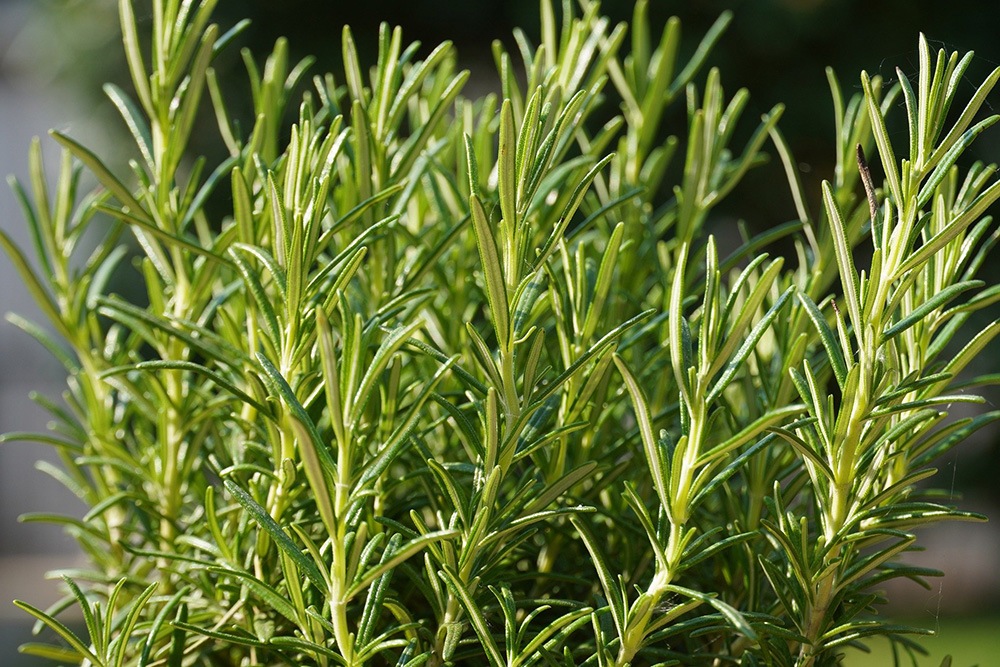
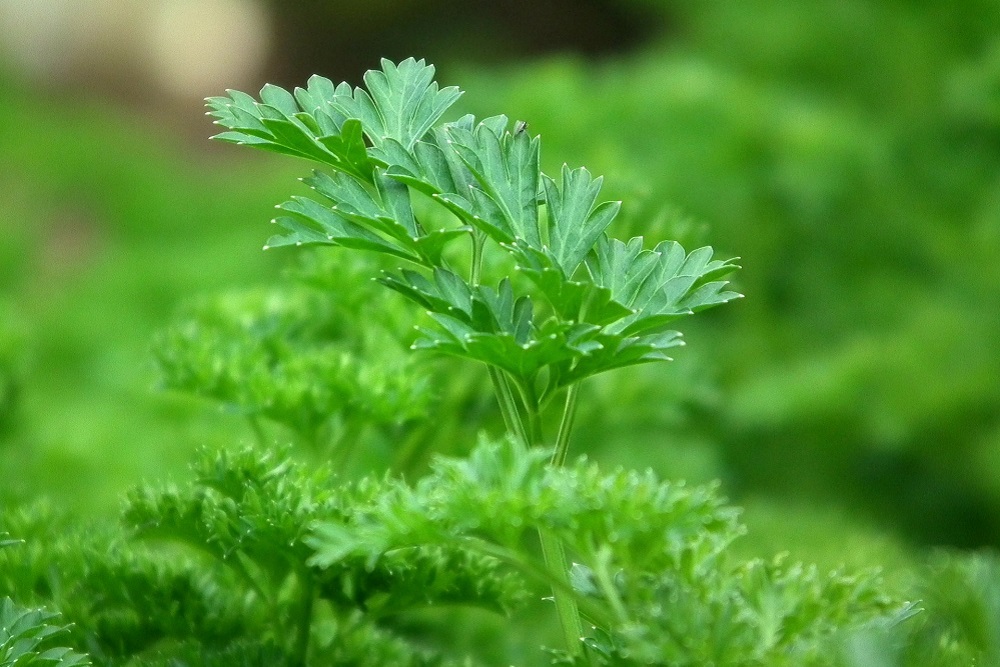
A summer herb blend: basil, parsley, and cilantro.
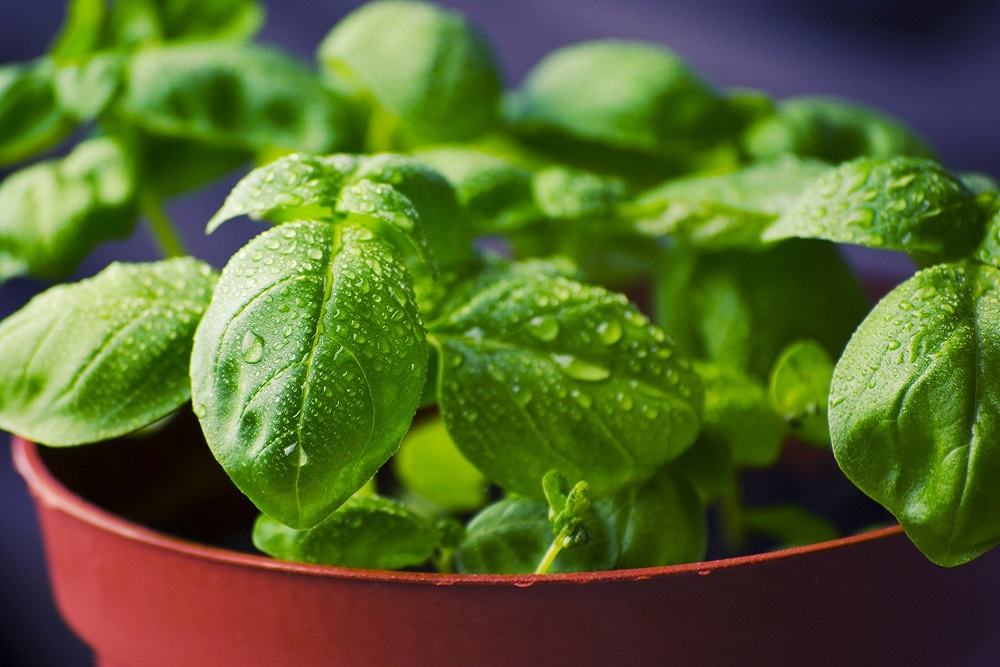

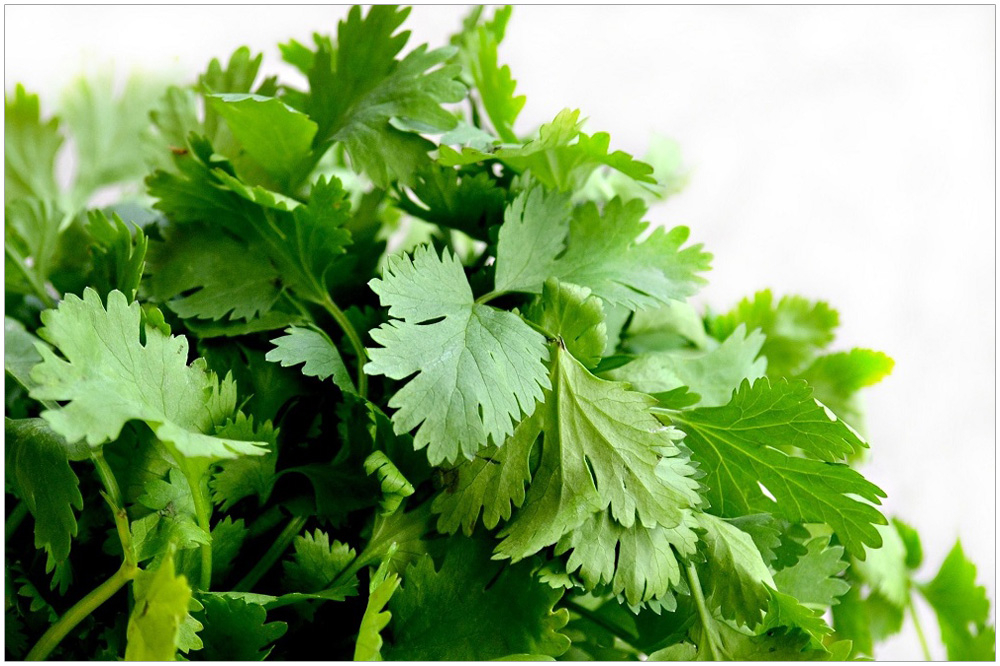
A cuppa tea herb container: lemon balm, chamomile, and beebalm.



 |

